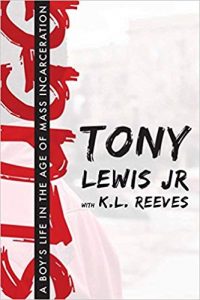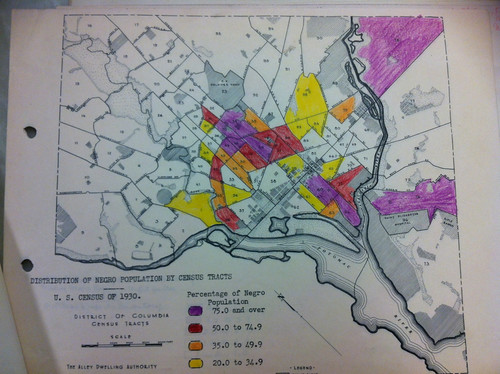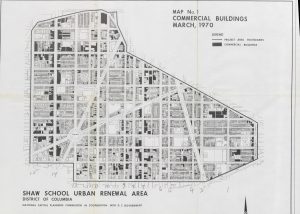Ran into THE Scott Roberts at one of the last few Sundays left for the 2018 Bloomingdale Farmers Market. He mentioned the Truxton Circle history site. Yes, the date says 2014. I haven’t updated it for various reasons. Here they are:
- Data Clean Up: How. I knew there were some problems with the data. Part of the biggest problem was figuring out how to deal with it. I know the best way to eat an elephant is to start with small bites, but the question is how to cook the dang thing. My 1940 data was split into two different tables, because 2 different people worked on it. Because they didn’t transcribe in the same way, that has taken some time to fix. And I wanted to put all censuses into one monster table. I haven’t done that, because the fields change from census to census.

- Data Clean Up: Who-What? Another problem with the data is that it contains incorrect and incomplete information. I’ve explored this with my Black Home Owners of 1940 series and the post United States Census- People Lie. I have come to a stop because I don’t know what to do about a man listed as a husband and homeowner when he is neither. When the land records show that his supposed wife is the owner and widow of another man. I’ve stopped before with other challenges, only to restart it when I’ve completely forgotten about them… until I look at my notes….
- Data Clean Up: Documenting it all. In my last attempt to clean up the data in the 1940 census, I would document each change in a separate worksheet. So if I found the address was wrong, I would have a line saying on this date which lines and which fields were changed from what to what. It is tedious. My natural habit is not to leave good notes for myself which later winds up biting me in the rear.
- Time. I ain’t got it. I got a baby. Destruct-O-baby has eaten up a lot of my time in ways I did not imagine. I thought I knew what I was getting into with adoption, but I didn’t. I am also too cheap to hire a sitter so I can sit down and work on it. The only reason I’m able to post this is because Destructo is napping.
- Wo-Manpower. It’s just me. Back in 2012 I was able to hire two people with the DC Humanities grant. But that was just for a few months. The Help has his own pet project he’s been working on for over a decade. He doesn’t pull me into his project, I don’t pull him into mine. I also did my own website design and maintenance. I am way behind on this, and when I do update TruxtonCircle.org I’ll have to hire a professional to go in and clean it up…… but after I’ve cleaned up the data. Or at least the 20th century data.





